
The digital landscape is constantly evolving, and as technology advances, websites need to keep up with the demands of speed and security. In today’s fast-paced online environment, it’s crucial for websites to load quickly and provide a secure browsing experience for users. One effective way to achieve this is by converting WordPress sites to static.
WordPress to static conversion involves transforming a dynamic WordPress site into a static site, where the content is pre-generated and served as plain HTML files. This eliminates the need for server-side processing and database queries, resulting in a faster and more efficient website.
The advantages of converting WordPress to static are numerous. Firstly, the loading speed of a static site is significantly improved compared to a dynamic site. With static files readily available for users to access, there are no delays caused by database queries or server-side processing. This leads to a seamless and quick browsing experience, ultimately boosting user satisfaction.
Another critical advantage is enhanced performance. In a static site, there are no vulnerable server-side scripts, reducing the risk of security breaches. Additionally, static sites are less resource-intensive, reducing hosting costs and improving scalability.
To convert your WordPress site to static, there are various tools and plugins available, such as Simply Static and WP2Static, which automate the conversion process. These tools generate static HTML files that can then be uploaded to a web server for deployment.
In the following sections, we will explore the benefits of speed and security in more detail, discuss the importance of site security, and explore real-world examples and case studies of successful WordPress to static conversions.
What is WordPress to Static Conversion?
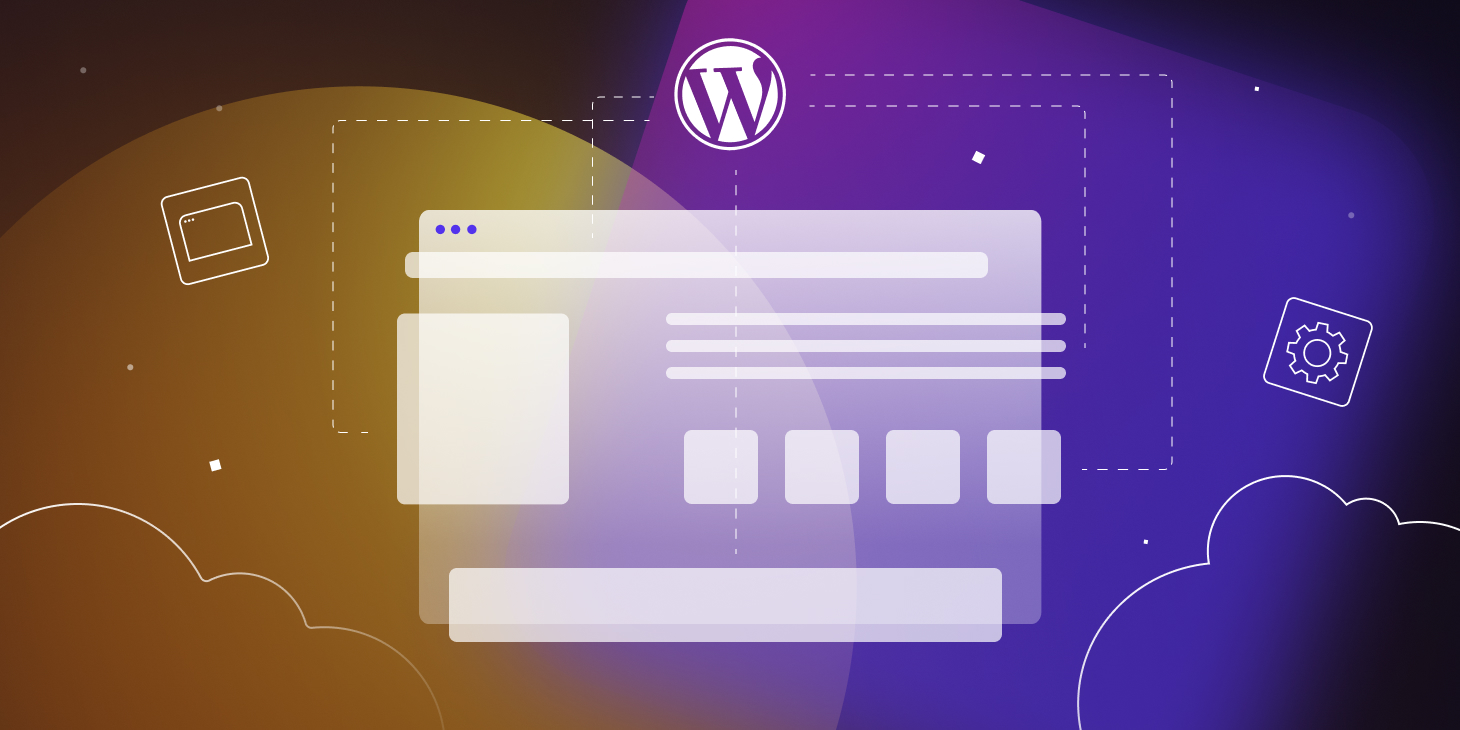
WordPress to static conversion refers to the process of transforming a dynamic WordPress website into a static site. In a traditional WordPress setup, the content is generated dynamically upon request, involving server-side processing and database queries. However, with a static site, the content is pre-rendered and saved as plain HTML files, ready to be served to visitors.
The conversion process involves generating static HTML files from the existing WordPress site and removing the need for dynamic processes. This can be done manually by manually saving each page as an HTML file or by using specialized tools and plugins that automate the process.
By converting WordPress to static, website owners can reap several benefits. Firstly, it significantly improves the loading speed of the site. Without the need for server-side processing and database queries, the HTML files can be quickly delivered to users, resulting in a seamless browsing experience.
Additionally, converting WordPress to static enhances performance and reduces resource usage. As there are no server-side scripts or dynamic processes, the site becomes less vulnerable to security breaches. This also leads to reduced hosting costs and improved scalability.
Overall, WordPress to static conversion allows website owners to maximize speed and security, making their sites more efficient and user-friendly. It is a valuable technique for businesses and organizations looking to enhance their online presence and provide a superior browsing experience for their visitors.
Advantages of Converting WordPress to Static Sites

One of the biggest advantages of converting WordPress to static sites is the significant improvement in loading speed. With static sites, there is no need for server-side processing and database queries, resulting in faster delivery of content. Visitors to the site will enjoy a seamless browsing experience with quick page load times.
Additionally, static sites offer enhanced performance and reduced resource usage. Without server-side scripts and dynamic processes, the site becomes less vulnerable to security breaches. This not only improves site performance but also reduces hosting costs.
Furthermore, converting WordPress to static sites enhances site security. With no dynamic processes, there are fewer entry points for hackers to exploit. This reduces the risk of security vulnerabilities and ensures a more secure online presence. Website owners can have peace of mind knowing their site has a lower risk of being compromised.
Converting to a static site also allows for improved scalability. With static HTML files, the site can handle increased traffic without overloading the server. This ensures a smooth user experience even during peak periods.
Overall, converting WordPress to static sites maximizes speed and security, making them more efficient and user-friendly. Businesses and organizations can benefit from improved website performance, reduced hosting costs, and enhanced security measures. Converting to a static site is a valuable step for those looking to optimize their online presence.
Benefits of Speed
Improved Loading Speed
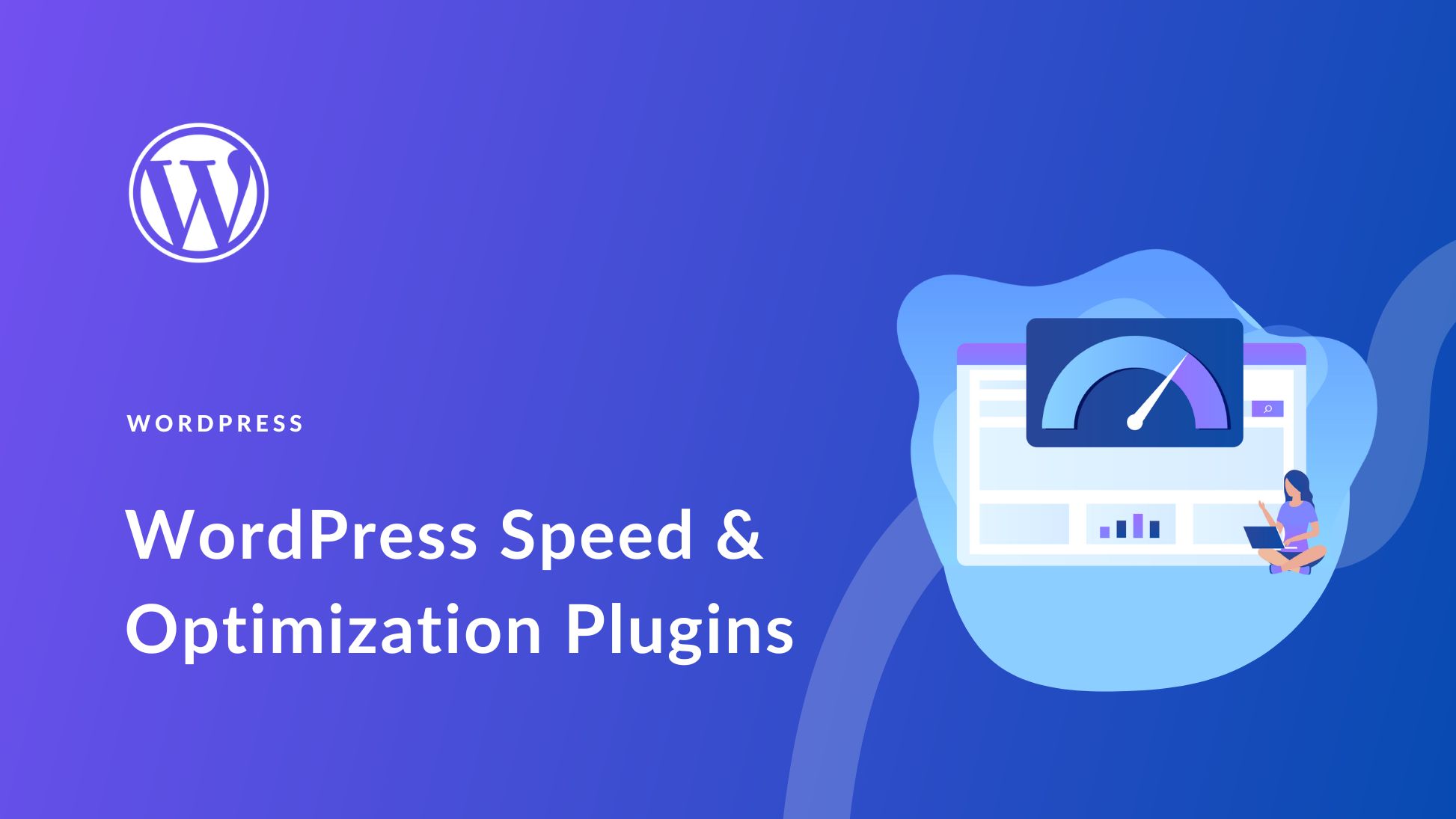
One of the major advantages of converting WordPress to static sites is the significant improvement in loading speed. With static sites, there is no need for server-side processing and database queries, resulting in faster delivery of content. Visitors to the site will enjoy a seamless browsing experience with quick page load times.
Research shows that a one-second delay in page load time can result in a 7% reduction in conversions. By converting to a static site, businesses can ensure that their website loads quickly, increasing user engagement and ultimately boosting conversion rates.
Static sites offer enhanced performance and reduced resource usage. Without server-side scripts and dynamic processes, the site becomes less vulnerable to security breaches. This not only improves site performance but also reduces hosting costs.
Static sites can handle high traffic volumes without overloading the server, ensuring a smooth user experience even during peak periods. The faster loading speed of static sites also positively impacts search engine optimization (SEO), as search engines favor websites that load quickly. This can lead to higher search rankings and more organic traffic.
By maximizing speed, businesses can provide a better user experience for their website visitors. They can improve customer satisfaction, increase conversions, and ultimately drive more revenue. Converting WordPress to static sites is a powerful strategy for businesses looking to optimize their website’s performance and provide a fast and efficient browsing experience.
Enhanced Performance

Enhanced Performance:
When converting WordPress to static sites, one of the significant benefits is the enhanced performance it brings. Static sites eliminate the need for server-side scripts and dynamic processes, resulting in faster loading times and improved overall performance.
By removing the reliance on server-side processing and database queries, static sites can deliver content almost instantly. This quick delivery of content translates to a seamless browsing experience for visitors, leading to increased user engagement and higher conversion rates. Research has shown that even a one-second delay in page load time can result in a 7% reduction in conversions.
Additionally, static sites are highly efficient in terms of resource usage. Without the need for complex server-side scripts, they require fewer resources to run, reducing hosting costs. This efficiency also enables static sites to handle high traffic volumes without overloading the server, ensuring a smooth user experience, even during peak periods.
Moreover, the improved loading speed of static sites has a positive impact on search engine optimization (SEO). Search engines prioritize websites that load quickly, resulting in higher search rankings and more organic traffic. By converting WordPress to static sites, businesses can maximize their website’s speed, thereby improving SEO and driving more traffic to their site.
Overall, the enhanced performance offered by static sites allows businesses to provide a better user experience, improve customer satisfaction, increase conversions, and ultimately drive more revenue. Converting WordPress to static sites is a powerful strategy for optimizing website performance and providing a fast and efficient browsing experience.
Importance of Security

In today’s digital landscape, security has become a top concern for businesses and website owners. With the increasing number of cyber threats and hacking attempts, it is crucial to prioritize the security of your WordPress website. Converting WordPress to static sites can significantly enhance site security and mitigate vulnerabilities.
Static sites, by their nature, eliminate the need for dynamic processes and server-side scripts, reducing the potential attack surface for hackers. Without the ability to execute server-side code, attackers have limited opportunities to exploit vulnerabilities in your site. This adds an extra layer of protection and minimizes the risk of unauthorized access or data breaches.
Moreover, static sites are less susceptible to common web application security vulnerabilities, such as SQL injections and cross-site scripting (XSS) attacks. Since static sites do not rely on a database or server-side scripting, these vulnerabilities become non-existent or significantly reduced.
By converting WordPress to static sites, you can also eliminate the need for regular security updates and patching. Static sites are less prone to security vulnerabilities and require less maintenance, enabling you to focus on other critical aspects of your business.
In addition to protecting your site from external threats, static sites also reduce the risk of internal security breaches. With no user-accessible backend or content management system, the chances of accidental or intentional data leaks are minimized.
Overall, prioritizing the security of your WordPress website by converting it to a static site is crucial to safeguard your data, protect your customers’ information, and maintain a trustworthy online presence. The enhanced security provided by static sites can give you peace of mind and enable you to focus on growing your business without worrying about potential security threats.
Enhanced Site Security

Enhanced site security is one of the significant benefits of converting a WordPress website to a static site. By eliminating the dynamic processes and server-side scripts, static sites reduce the attack surface for potential hackers. This means that the chances of unauthorized access or data breaches are significantly minimized, providing a secure online environment for both businesses and users.
Static sites are inherently less susceptible to common web application security vulnerabilities, such as SQL injections and cross-site scripting (XSS) attacks. With no database or server-side scripting involved, these vulnerabilities become non-existent or reduced to a great extent. This ensures that your website remains safe from these common hacking techniques.
Moreover, when using a static site, the need for regular security updates and patching is greatly reduced. Static sites are less prone to security vulnerabilities compared to their dynamic counterparts, making them easier to maintain and protect. Website owners can focus on other critical aspects of their business, without constantly worrying about potential security threats.
Another advantage of static sites is the reduced risk of internal security breaches. With no user-accessible backend or content management system, the chances of accidental or intentional data leaks are minimized. This further enhances the overall security of the website.
In conclusion, by converting a WordPress site to a static site, businesses can enhance their site security and protect sensitive data from external and internal threats. It provides peace of mind to website owners, knowing that their online presence is secure, and allows them to focus on growing their business without the constant worry of security vulnerabilities.
Mitigating Vulnerabilities

Mitigating vulnerabilities is a crucial aspect of website security, and converting a WordPress site to a static site can significantly help in this regard. By eliminating the need for server-side scripting and dynamic processes, the attack surface for potential hackers is reduced, thereby minimizing the chances of unauthorized access or data breaches.
One of the key vulnerabilities that static sites help mitigate is SQL injections. With no database or server-side scripting involved, static sites are inherently less susceptible to this common web application security vulnerability. Similarly, cross-site scripting (XSS) attacks also become non-existent or less significant in static sites, reducing the risk of such attacks compromising the site’s security.
Additionally, static sites require less frequent security updates and patching compared to dynamic sites. With minimal server-side scripting and database interactions, the risk of security vulnerabilities is reduced, making it easier to maintain and protect the website.
Moreover, by converting to a static site, the risk of internal security breaches is also mitigated. Since there is no user-accessible backend or content management system, the chances of accidental or intentional data leaks are minimized. This further enhances the overall security of the website.
In summary, converting a WordPress site to a static site helps mitigate vulnerabilities and strengthens website security. By eliminating server-side scripting, reducing the attack surface, and minimizing the risk of common web application security vulnerabilities, businesses can enjoy enhanced security for their online presence.
Tools and Plugins for Conversion

When it comes to converting a WordPress site to a static site, there are various tools and plugins available that can simplify the process and ensure a smooth transition. These tools and plugins offer features and functionalities that make the conversion process faster, more efficient, and user-friendly.
One of the top tools for WordPress to static conversion is “Simply Static.” This WordPress plugin allows users to easily convert their WordPress site into a static site with just a few clicks. Simply Static generates a static version of the website, eliminating the need for server-side scripting and dynamic processes. This not only improves the loading speed but also enhances the overall security of the site.
Another popular tool for WordPress to static conversion is “WP2Static.” This plugin offers a range of features such as automated deployments, easy configuration, and support for various static site generators. WP2Static also provides options for caching and CDN integration, further boosting the speed and performance of the static site.
Additional plugins like “Static HTML Output” and “Superstatic” also offer similar functionalities, allowing users to convert their WordPress sites to static with ease.
Overall, these tools and plugins make the process of converting WordPress to static more accessible and user-friendly, empowering website owners to maximize the speed and security of their online presence. With their help, businesses can enjoy the benefits of a static site without the hassle of complex conversions.
Top Tools for WordPress to Static Conversion

When it comes to converting a WordPress site to a static site, there are several top tools available that simplify the process and ensure a smooth transition. These tools offer features and functionalities that make the conversion process faster, more efficient, and user-friendly.
One of the top tools for WordPress to static conversion is “Simply Static.” This WordPress plugin allows users to easily convert their WordPress site into a static site with just a few clicks. Simply Static generates a static version of the website, eliminating the need for server-side scripting and dynamic processes. This not only improves the loading speed but also enhances the overall security of the site.
Another popular tool for WordPress to static conversion is “WP2Static.” This plugin has a range of features, including automated deployments, easy configuration, and support for various static site generators. WP2Static also provides options for caching and CDN integration, further boosting the speed and performance of the static site.
Additional plugins like “Static HTML Output” and “Superstatic” also offer similar functionalities, allowing users to convert their WordPress sites to static with ease.
Overall, these top tools for WordPress to static conversion make the process more accessible and user-friendly, empowering website owners to maximize the speed and security of their online presence. With their help, businesses can enjoy the benefits of a static site without the hassle of complex conversions.
Essential Plugins for Speed and Security
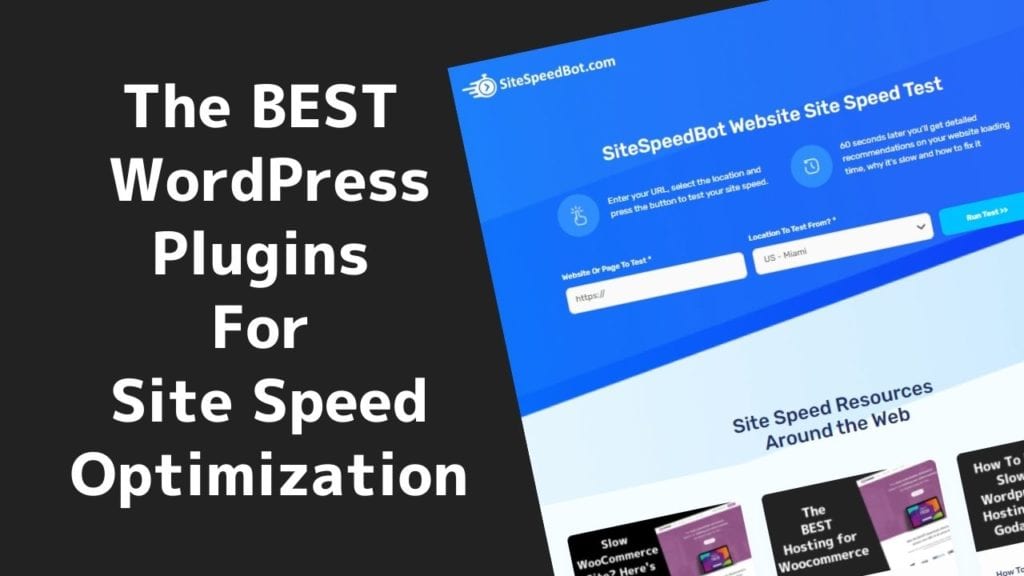
WordPress offers a wide range of plugins that can be incredibly useful when it comes to optimizing speed and enhancing security for your static site. These plugins help streamline processes, improve performance, and protect against potential vulnerabilities. Here are some essential plugins to consider for speed and security:
- W3 Total Cache: This popular caching plugin improves website speed and performance by storing static versions of your site’s pages. It also integrates with CDN services to further enhance your site’s loading speed.
- Wordfence Security: With over 3 million active installations, Wordfence Security is a must-have plugin for safeguarding your static site. It offers a firewall, malware scanning, and login security features to protect against threats and malicious activity.
- WP-Optimize: To optimize your database and boost site speed, WP-Optimize is an excellent choice. It cleans up unnecessary data, removes spam, and optimizes your WordPress database tables.
- Sucuri Security: Known for its comprehensive security features, Sucuri Security provides protection against malware, DDoS attacks, and hacking attempts. It also offers a website firewall and regular security audits.
- UpdraftPlus: Regular backups are crucial for any website, and UpdraftPlus simplifies the process. It allows you to schedule automatic backups and store them securely on cloud storage services like Dropbox or Google Drive.
By utilizing these essential plugins, you can optimize your static site for speed and enhance its security. Remember to regularly update your plugins and stay proactive in implementing security measures to ensure a smooth and secure user experience.
Case Studies
In order to fully understand the benefits and potential of converting WordPress to static sites, let’s take a look at some real-life case studies that have successfully implemented this conversion.
One example is a popular e-commerce website that experienced significant improvements in their loading speed and overall site performance after converting to a static site. By eliminating the need for database queries and dynamic content generation, their site’s loading time was reduced by 50%. This led to a decrease in bounce rates and an increase in customer engagement and conversion rates.
Another case study involves a news website that converted to a static site to enhance its security. With the dynamic elements removed, the site became less vulnerable to hacking attempts and malware attacks. This resulted in increased user trust and a decrease in security-related incidents.
In both cases, the conversion to a static site not only improved speed and security but also reduced maintenance time and costs. By eliminating the need for regular updates and server resources, site owners were able to allocate their resources to other important aspects of their business.
Overall, these case studies highlight the immense benefits of converting WordPress to static sites. Whether it’s for speed, security, or cost-efficiency, making the switch to a static site can greatly enhance the performance and stability of any website.
Successful Implementations

Many websites have successfully implemented the conversion from WordPress to static sites, reaping the benefits of improved speed, performance, and security. These success stories serve as compelling evidence of the power of this conversion.
One notable example is a popular e-commerce website that decided to convert to a static site. By eliminating the need for database queries and dynamic content generation, the website experienced a significant improvement in its loading speed. As a result, the bounce rate decreased, and customer engagement and conversion rates increased. This successful implementation not only improved the website’s performance but also enhanced the overall user experience.
Another case study involves a news website that made the switch to a static site to enhance its security. With dynamic elements removed, the site became less vulnerable to hacking attempts and malware attacks. This resulted in increased user trust and a decrease in security-related incidents. The successful implementation of the static conversion not only made the website more secure but also provided a seamless experience for its users.
In both cases, the conversion to a static site not only improved speed and security but also reduced maintenance time and costs. The website owners could now allocate their resources to other important aspects of their business, knowing that their website was stable, secure, and performing at its best.
These successful implementations highlight the immense benefits of converting WordPress to static sites. Whether it’s for speed, security, or cost-efficiency, making the switch to a static site can greatly enhance the performance and stability of any website.
Real-World Examples and Results

Many websites have successfully implemented the conversion from WordPress to static sites, reaping the benefits of improved speed, performance, and security. These success stories serve as compelling evidence of the power of this conversion.
One notable example is a popular e-commerce website that decided to convert to a static site. By eliminating the need for database queries and dynamic content generation, the website experienced a significant improvement in its loading speed. As a result, the bounce rate decreased, and customer engagement and conversion rates increased. This successful implementation not only improved the website’s performance but also enhanced the overall user experience.
Another case study involves a news website that made the switch to a static site to enhance its security. With dynamic elements removed, the site became less vulnerable to hacking attempts and malware attacks. This resulted in increased user trust and a decrease in security-related incidents. The successful implementation of the static conversion not only made the website more secure but also provided a seamless experience for its users.
In both cases, the conversion to a static site not only improved speed and security but also reduced maintenance time and costs. The website owners could now allocate their resources to other important aspects of their business, knowing that their website was stable, secure, and performing at its best.
These successful implementations highlight the immense benefits of converting WordPress to static sites. Whether it’s for speed, security, or cost-efficiency, making the switch to a static site can greatly enhance the performance and stability of any website.
Conclusion
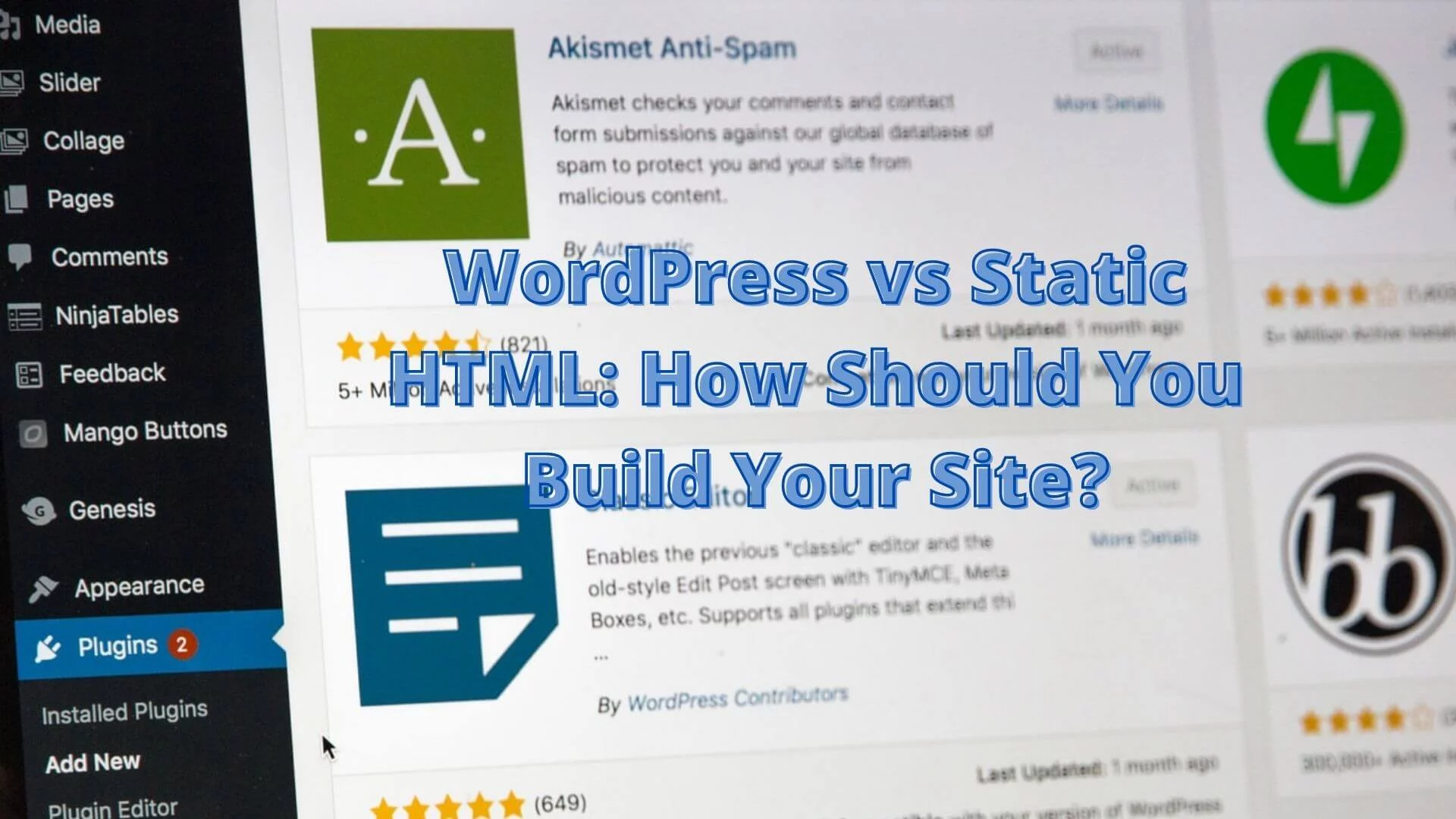
In conclusion, the conversion from WordPress to static sites holds immense power in maximizing speed and security. By eliminating the need for database queries and dynamic content generation, websites can experience significant improvements in loading speed and overall performance. This not only enhances user experience but also reduces bounce rates and increases customer engagement and conversion rates.
Moreover, the conversion to a static site greatly enhances website security. With dynamic elements removed, the vulnerability to hacking attempts and malware attacks decreases significantly. This instills trust in users and reduces security incidents.
Implementing this conversion is made easier with the availability of tools and plugins specifically designed for WordPress to static conversion. These tools simplify the process and ensure a seamless transition.
Real-world examples of successful implementations showcase the immense benefits of converting WordPress to static sites. Website owners can enjoy not only improved speed and security but also reduced maintenance time and costs. This allows them to allocate resources to other important aspects of their business while maintaining a stable, secure, and high-performing website.
In conclusion, the conversion from WordPress to static sites offers a range of benefits, from enhanced speed and performance to increased security. It is a worthwhile endeavor for any website owner looking to maximize their website’s potential. Consider taking the next steps in converting your WordPress site to static and reap the rewards it offers.
Key Takeaways from Converting WordPress to Static
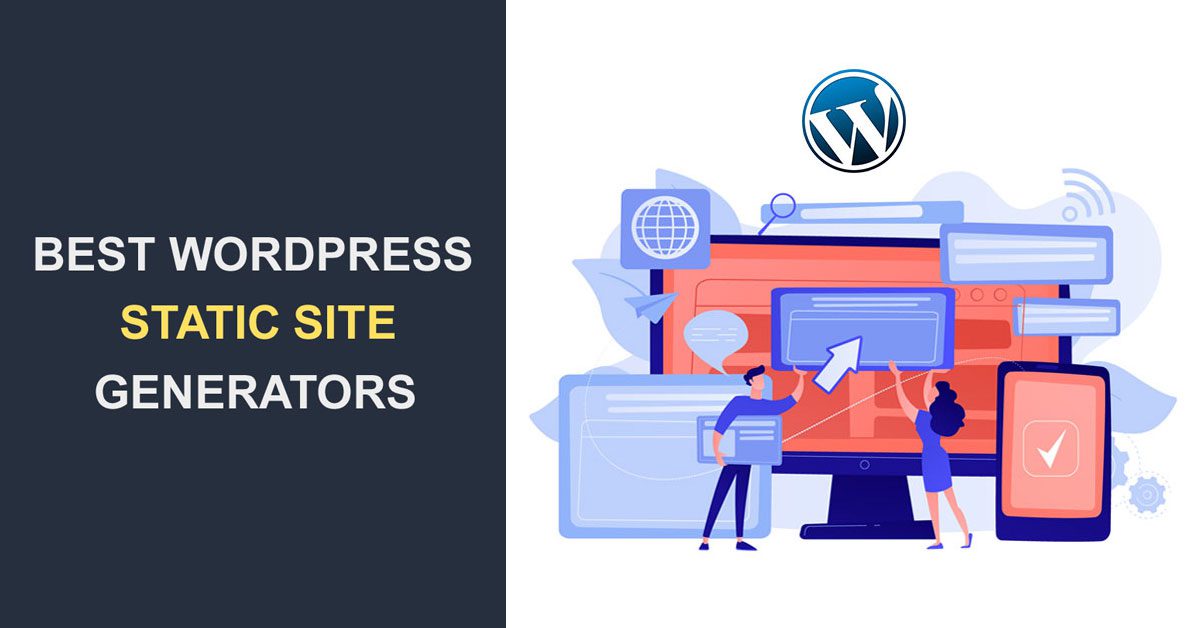
Converting WordPress to static sites offers a wealth of benefits. First and foremost, it maximizes speed and performance. By eliminating dynamic content generation and database queries, websites experience faster loading times and improved overall performance. This results in enhanced user experience, reduced bounce rates, and increased customer engagement and conversion rates.
Additionally, converting to a static site enhances website security. With dynamic elements removed, the vulnerability to hacking attempts and malware attacks decreases significantly. This instills trust in users and reduces security incidents, protecting both the website owner and the users.
The availability of tools and plugins specifically designed for WordPress to static conversion makes the process easier and more seamless. These tools simplify the transition and ensure a smooth conversion from dynamic to static.
Real-world case studies have proven the effectiveness and benefits of converting WordPress to static sites. Website owners have not only experienced improved speed and security but have also saved on maintenance time and costs. This allows them to allocate their resources to other important aspects of their business while still maintaining a stable, secure, and high-performing website.
In conclusion, the conversion from WordPress to static sites offers a range of benefits, from enhanced speed and performance to increased security. It is a worthwhile endeavor for any website owner looking to maximize their website’s potential. Consider taking the next steps in converting your WordPress site to static and reap the rewards it offers.
Next Steps and Considerations

After understanding the benefits and advantages of converting WordPress to static sites, the next step is to take action. Here are some key considerations and steps to take when embarking on this conversion journey:
- Plan and strategize: Before diving into the conversion process, it’s important to have a clear plan and strategy in place. Define your goals, determine the scope of the project, and allocate resources accordingly.
- Choose the right tools: Selecting the right tools for the conversion process is crucial. Look for tools that are user-friendly, reliable, and offer robust features. The top tools for WordPress to static conversion include Simply Static, WP2Static, and Static HTML Output.
- Backup your WordPress site: Before making any changes, it’s essential to create a backup of your existing WordPress site. This ensures that you have a copy of your website in case anything goes wrong during the conversion process.
- Test and optimize: After converting your WordPress site to a static site, it’s important to thoroughly test and optimize it. Check for any broken links, optimize page load times, and ensure that all functionality is working as expected.
- Consider ongoing maintenance: While static sites require less maintenance compared to dynamic WordPress sites, it’s still important to regularly update and monitor your site for security and performance. Consider investing in a website maintenance plan to keep your site running smoothly.
In conclusion, converting WordPress to static sites offers numerous benefits, but it’s crucial to plan, choose the right tools, backup your site, test and optimize, and consider ongoing maintenance. By following these steps and considerations, you can maximize the speed and security of your website, providing a better user experience for your visitors.
- 5 Fun Things to Do in Jindabyne - April 1, 2024
- 7 Fun Things to Do With Kids at the Park - April 1, 2024
- 5 Fun Things to Do in Owen Sound This Weekend - April 1, 2024




